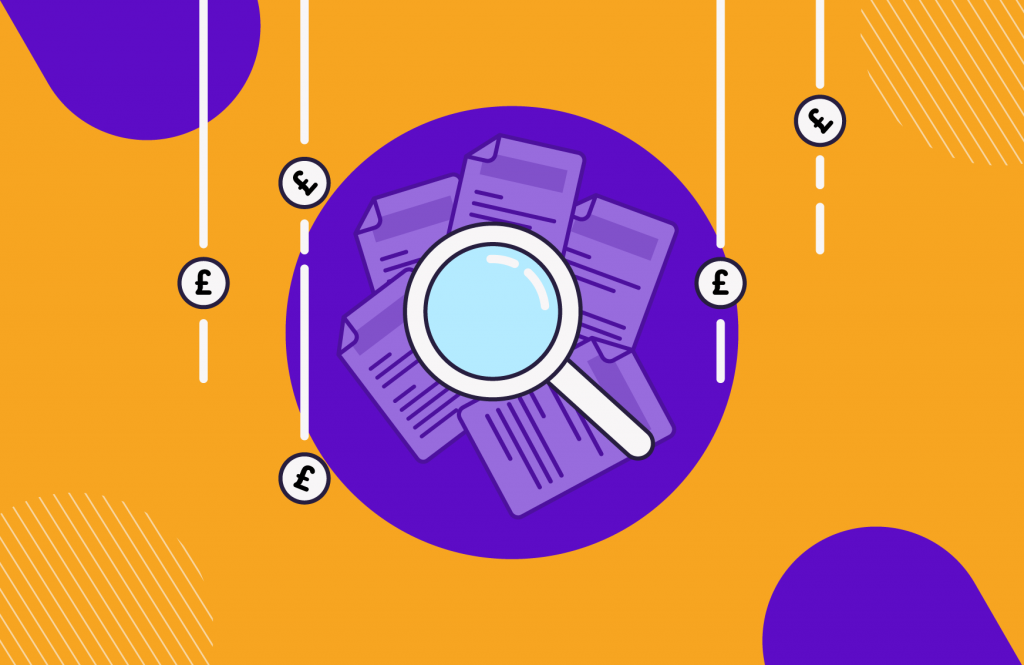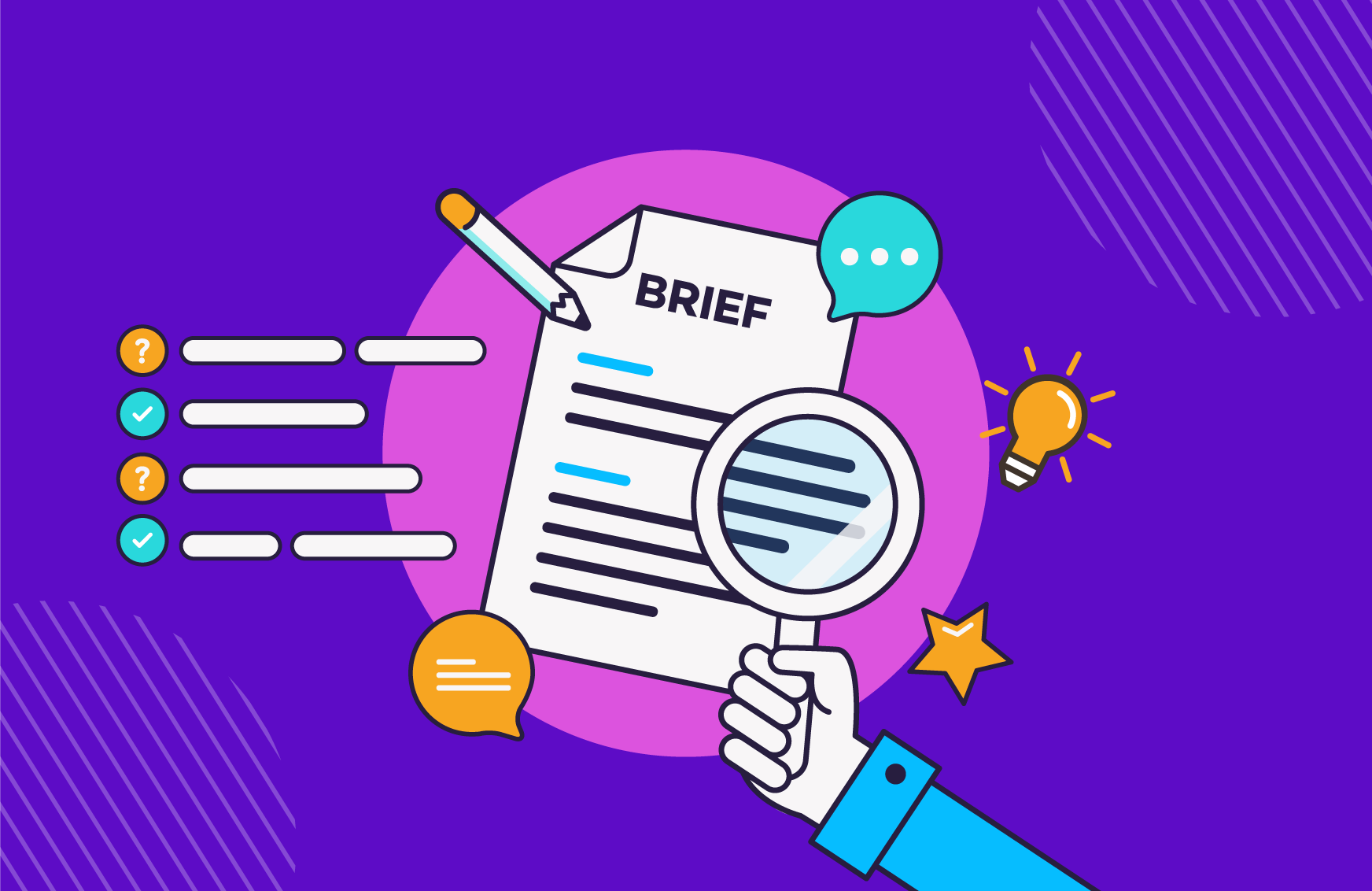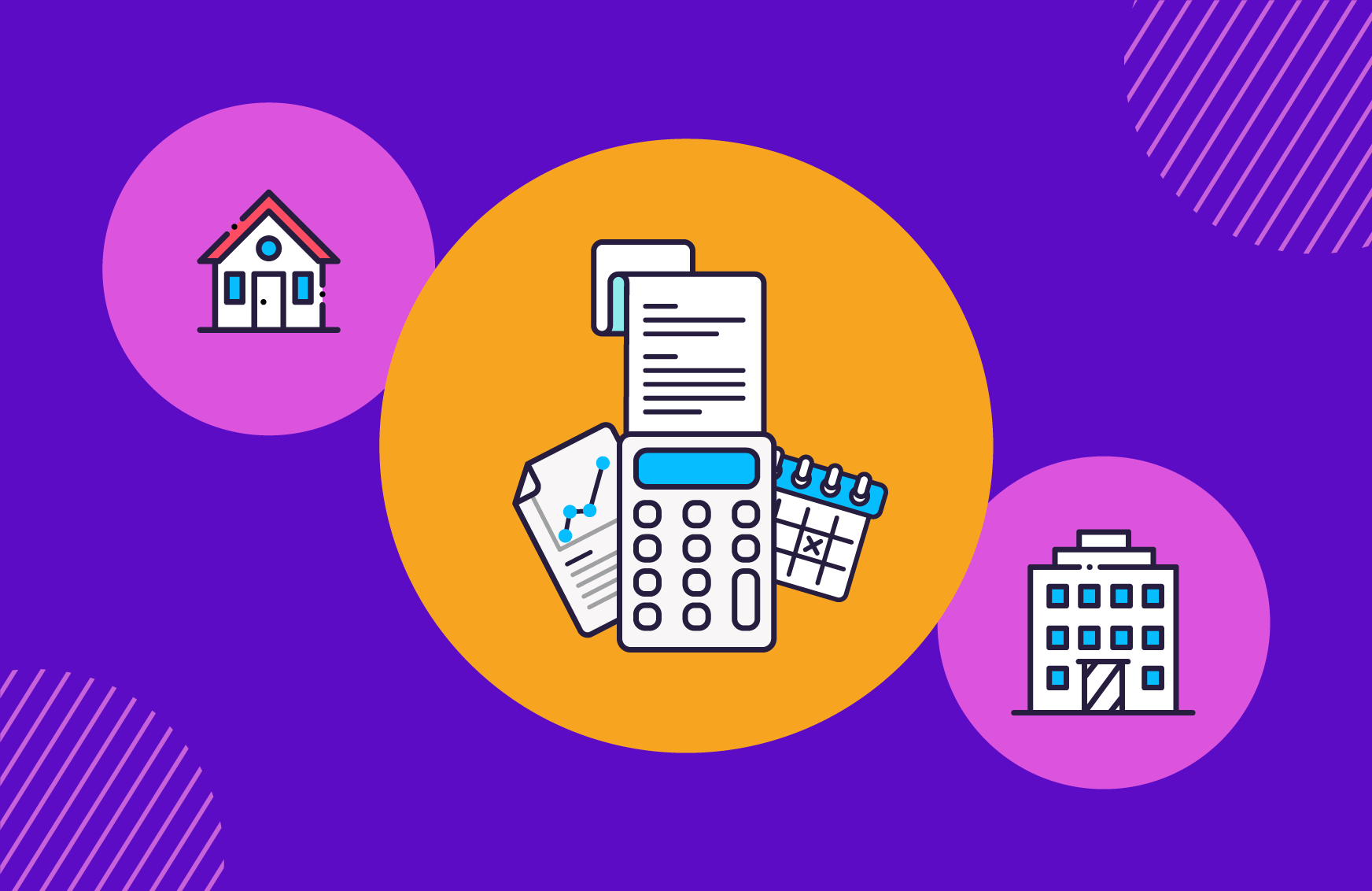How to get the best brief possible from your freelance clients
Starting a new project with a client can be exciting, daunting, and everything in-between. What it definitely shouldn't be is confusing.
Unclear briefs can result in frustrating relationships with clients, lots of your time wasted, and projects that go on much longer than they should do. This is what you need to do if you're finding it difficult to get specifics from your clients.

Nail down their target audience
Whether you're a web designer, marketer, copywriter, or developer, it's essential to know who your client wants to speak to. This influences everything from how a website functions to tone of voice and colour schemes.
Some of your clients will have a really clear idea of who their target audience is, whether it's the same as their actual audience or not. Others will be less sure, so it's important to ask the following kind of questions before you get started on a project:
- What are your target customer's main problems and inconveniences?
- How do you solve this for them?
- What's getting in the way of them buying at the moment?
- What do you want them to think/feel/do when they interact with your business?
Understand the purpose of your task
A website, marketing email, piece of copy, or bit of code is never created just for the sake of it. It has a specific purpose. If you fully understand this you can create something your client and their customers will love.
Make sure you can see your brief in context before you start. Where will it live on the website? What will the goal of it be? Will it need to gather a specific type of engagement on social media?

Find out what they already like/dislike
Your clients will know who their key competitors are and what's going on in their sector or industry. This means they'll have a good idea of what they do and don't like, what does and doesn't work, and what is and isn't important to them. Whatever your specialism, it's helpful to have this information. Ask them for a quick crash course on their industry and some links to their competitors' websites and social media profiles.
Get it in writing
Whatever your client wants, ask them to put it in an email, a Word document, or fill in a sheet you provide. The latter can be especially helpful for answering specific questions and drawing out precisely the information you need. Discussing it in-person, on Zoom, or over the phone is great for detail too but it's better to have something written to refer to during the work and after it's finished.
However, in reality some clients are very hands-off, so waiting for them to fill out a two or three page form isn't always practical. Some bullet points, images, and links in an email can be enough to get started and stay on track.

Specify how long you need for edits and changes
Getting a good brief isn't just about the content, it's about the dates and logistics too. Instead of having just one deadline, talk to your client about setting a date for delivery, feedback and edits, and the final version. This helps to avoid a last minute rush before the deadline and sets the expectation that the client needs to provide feedback by a certain deadline too.
Get paid on time for your freelance projects
Solna makes invoicing simple. Automate your invoice reminders, track all your due dates on a super smart dashboard, and create smart, professional invoices from our range of templates. Start invoicing for free, FOREVER.








